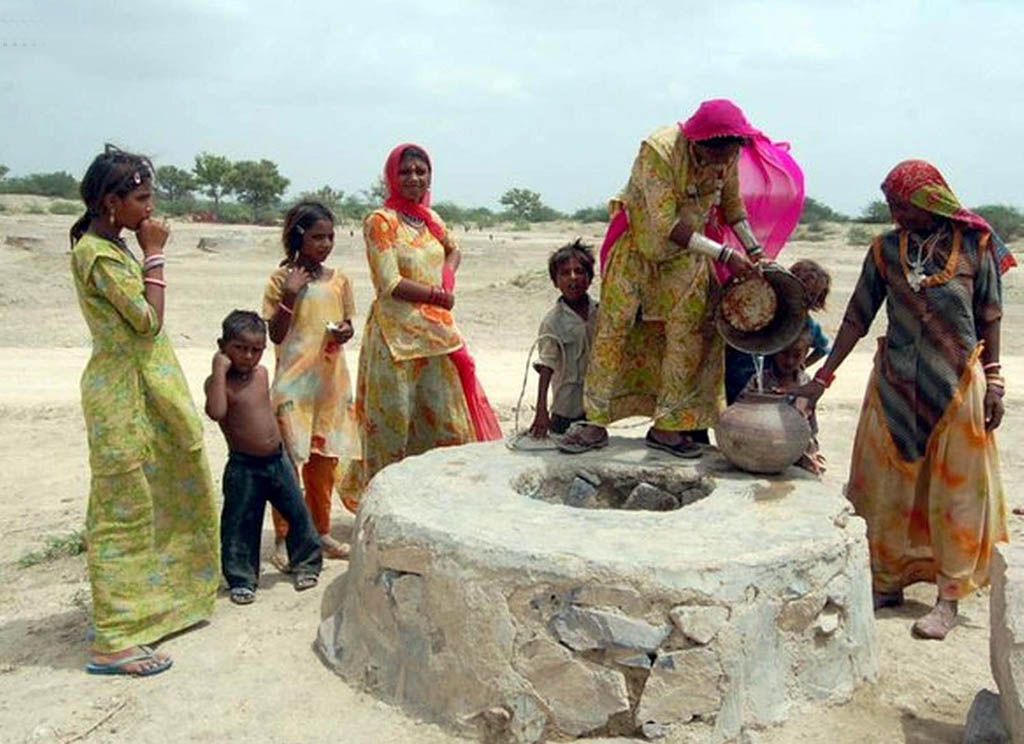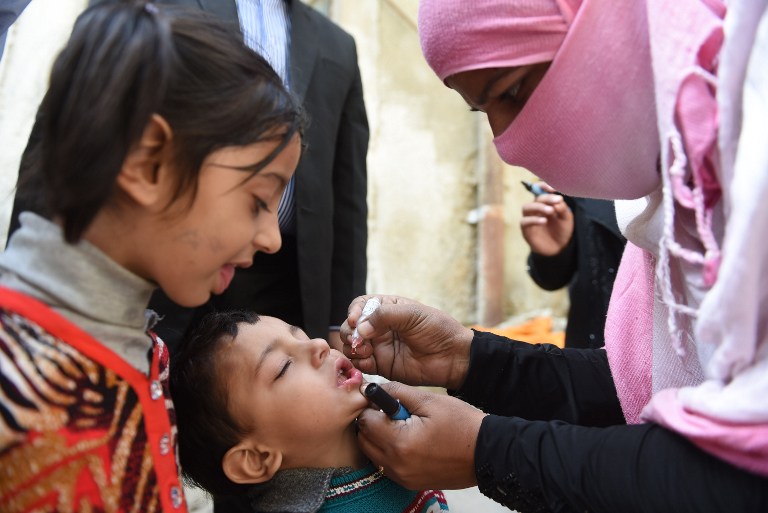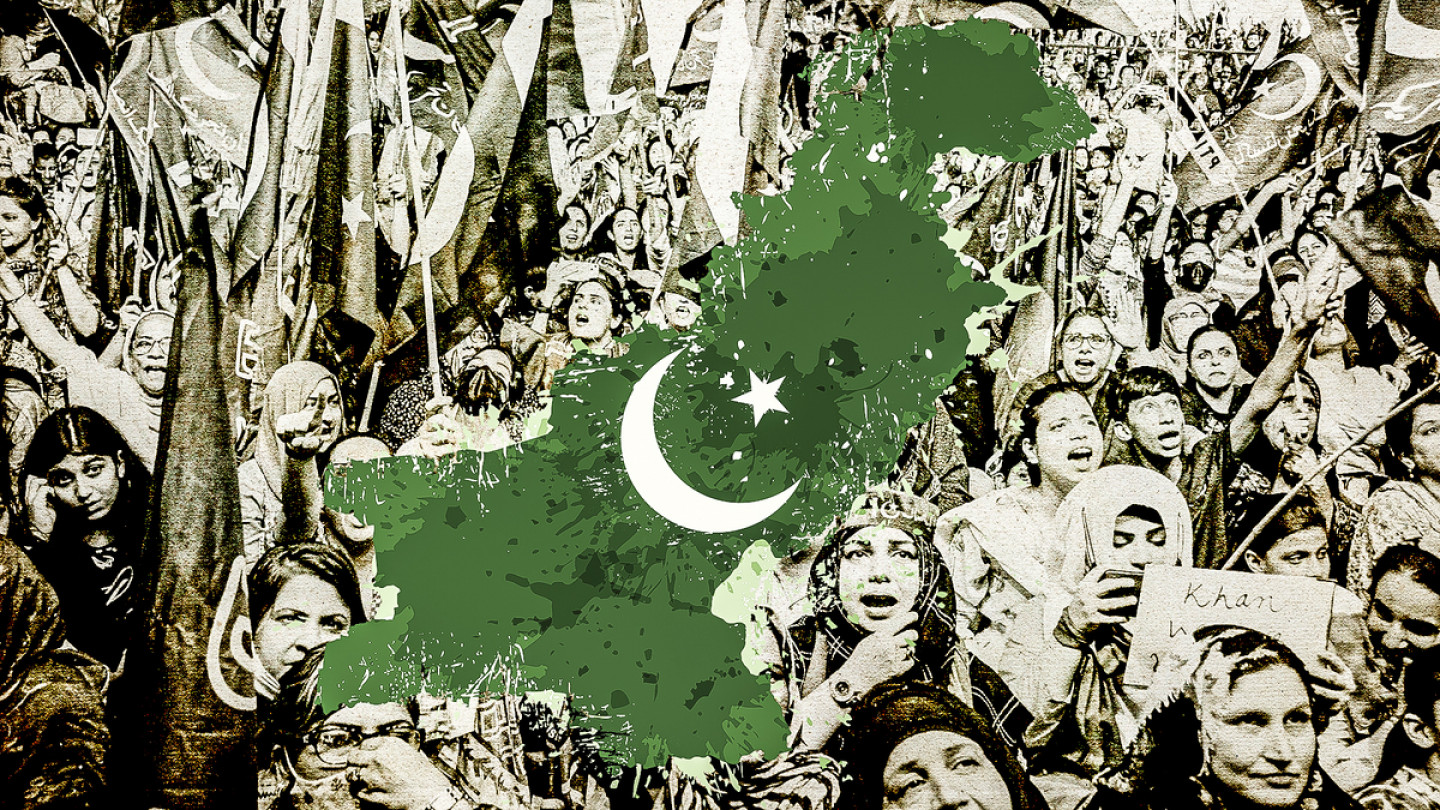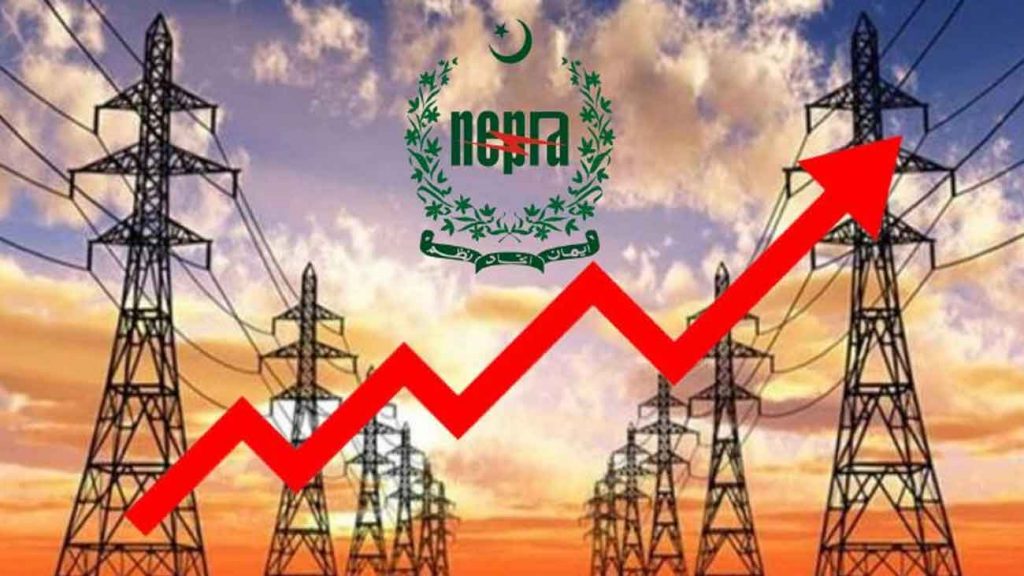EDITORIAL:
The dire situation in Tharparkar demands urgent attention, as a new study conducted by the Sindh Planning and Development Department has revealed that half of all children in the district suffer from stunting, a condition caused by malnutrition, poor sanitation, and lack of access to clean water. This is a reflection of the broader neglect of the province, which has resulted in an impending health crisis.
The statistics are alarming, and it is evident that civil society organizations have been doing their best to alleviate the suffering of the people in Tharparkar. However, it is the government that must take greater responsibility for the well-being of its citizens. The fact that such a large number of children are suffering from stunted growth is indicative of a systemic problem that requires immediate action.
Tharparkar, with a population of 1.6 million, is one of the most densely populated areas in Sindh. The district is home to 325,000 children, a vulnerable segment of the population that is at the mercy of the government’s policies and actions. Stunted growth is a serious problem that has long-term effects, and it is imperative that the government take steps to address the underlying causes.
The lack of access to clean water and proper sanitation is a major contributor to the problem. Poor hygiene conditions, combined with malnutrition, have led to a situation where children are not growing and developing as they should. This has serious implications for their health and well-being in the future, as well as for the overall development of the district.
It is not enough for the government to simply acknowledge the problem and provide short-term solutions. There needs to be a long-term strategy in place that addresses the underlying issues of poverty, malnutrition, and lack of access to basic services. The government must take proactive steps to improve the living conditions of the people in Tharparkar and ensure that they have access to the resources they need to thrive.
The situation in Tharparkar is not unique to Sindh, as many other parts of Pakistan also suffer from similar problems. However, this should not be an excuse for inaction. The government must take responsibility for the well-being of all its citizens, regardless of their location or socioeconomic status.
One possible solution is to increase investment in infrastructure and services in the district. This could include building more schools, healthcare facilities, and providing access to clean water and sanitation. Additionally, the government could implement policies that support the growth of small businesses and provide job opportunities, which would help alleviate poverty and improve the overall quality of life for the people in Tharparkar.
Another crucial aspect of addressing the problem is to increase awareness about the importance of hygiene and nutrition. This could involve community-based campaigns that educate people about the benefits of proper sanitation, healthy eating habits, and good hygiene practices. By empowering people with knowledge and skills, the government can help them take charge of their own health and well-being.
The district of Tharparkar is a case study in neglect and abandonment. A new study commissioned by the Sindh Planning and Development Department has shed light on the alarming health crisis in the region, where at least 50 percent of children suffer from stunted growth due to poor hygiene, malnutrition, and appalling sanitation conditions. These issues are compounded by a lack of access to clean water, overpopulation, high birth rates, and poverty, creating a vicious cycle that has spiraled out of control.
It is not only the government’s responsibility to address this crisis, but it is also a moral imperative to do so. The neglect of Tharparkar and the broader Sindh region has gone on for too long, and the consequences are severe. Civil society organizations have played a crucial role in providing assistance, but ultimately, the state must take responsibility and act decisively.
Tharparkar is home to 1.6 million people, including 325,000 vulnerable children who face numerous health problems. Stunted growth is one of the most severe ailments, with long-term consequences that impact future generations. The government’s inaction has worsened the situation, and urgent action is needed to alleviate the suffering of the people.
In addition to addressing the health crisis, the government must also address the lack of access to clean water, unsanitary living conditions, and poor hygiene standards. These are basic human rights that must be fulfilled, and the government must take the necessary steps to ensure that the people of Tharparkar have access to them.
It is not just a matter of humanitarian aid, but it is also a matter of economic development. The people of Tharparkar are trapped in a cycle of poverty, and their lack of access to basic services and resources is a significant obstacle to their economic progress. By investing in welfare, development, and healthcare schemes, the government can not only improve the quality of life of the people of Tharparkar but also create opportunities for economic growth and development.
The situation in Tharparkar is a wake-up call for the government and the wider society. It is a reminder that neglect and indifference can have severe consequences, and that it is essential to take proactive measures to address the challenges faced by marginalized communities. The government must act now, before it is too late, to fulfill its responsibility to the people of Tharparkar and the wider Sindh region.
In conclusion, the situation in Tharparkar demands urgent attention and action from the government. The high rate of stunted growth among children is indicative of a larger problem that requires a long-term, comprehensive solution. It is time for the government to take responsibility for the well-being of its citizens and implement policies and programs that address the underlying causes of poverty, malnutrition, and lack of access to basic services. Only then can we hope to see a brighter future for the people of Tharparkar and other neglected areas of Pakistan.
Read more:

















































